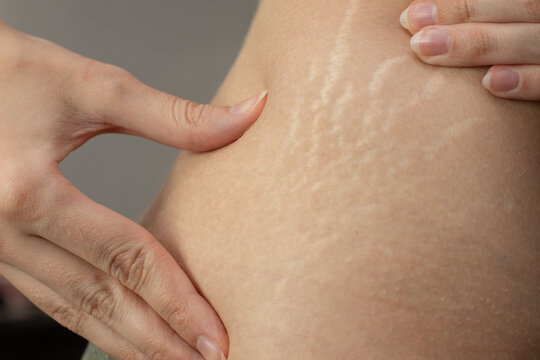Scars, whether from surgical procedures, accidents, or skin conditions, can be a reminder of past experiences that affect confidence and self-esteem. However, there are various techniques available to help reduce the appearance of scars and promote smoother, more even-toned skin. In this article, we will explore scar reduction methods, from home remedies to professional treatments, to help individuals achieve the best possible outcome.
Understanding Scar Formation
Scars are a natural part of the body’s healing process. When the skin is injured, whether through a cut, burn, or surgical incision, the body produces collagen fibers to repair the damaged tissue. The type of scar that forms depends on factors like genetics, wound depth, and the healing process itself.
Scar Reduction Techniques
- Early Wound Care: Proper wound care during the initial healing stages can significantly impact scar formation. Keep the wound clean, moisturized, and protected to promote optimal healing.
- Silicone Sheets and Gels: Silicone sheets or gels can help flatten and soften scars. They create a protective barrier, keeping the scar hydrated and providing an environment conducive to healing.
- Topical Creams and Ointments: Certain creams containing ingredients like vitamin E, vitamin C, or retinoids may help improve the appearance of scars by promoting cell turnover and collagen production.
- Massage: Gentle massaging of the scar tissue can help break down collagen fibers and promote better alignment of new tissue, leading to a smoother texture.
- Sun Protection: Sun protection is crucial for scar management, as UV rays can cause scars to darken and become more noticeable. Use sunscreen and protective clothing.
- Microneedling: Microneedling involves using tiny needles to create controlled micro-injuries in the skin, stimulating collagen production and helping to improve scar texture.
- Laser Therapy: Laser treatments can target the pigment in scars and stimulate collagen production, leading to scar lightening and improved texture.
- Corticosteroid Injections: For raised and hypertrophic scars, corticosteroid injections can help flatten and soften the tissue.
- Surgical Revision: In cases of severe scarring, surgical revision might be considered. This involves removing the scar tissue and re-closing the wound to promote better healing.
Tips for Scar Reduction
- Be Patient: Scar reduction takes time. Consistency in scar care routines is essential for seeing improvement over weeks or months.
- Avoid Irritants: Avoid using harsh skincare products or exposing the scar to irritants that could slow down the healing process.
- Stay Hydrated and Nourished: A well-balanced diet rich in vitamins and minerals can support your body’s natural healing processes.
- Consult a Professional: If you’re unsure about the best approach for your scar type, consult a dermatologist or skincare professional. They can provide personalized recommendations.



